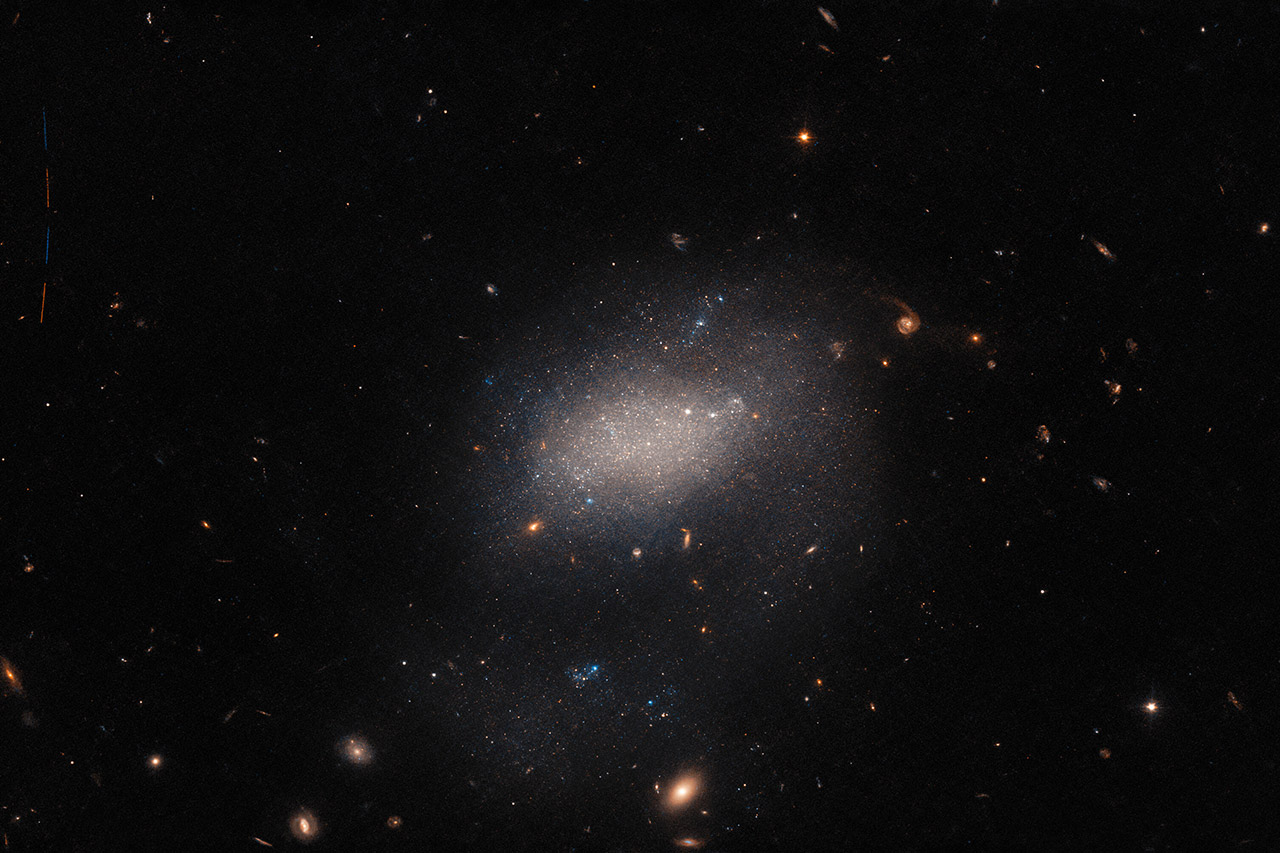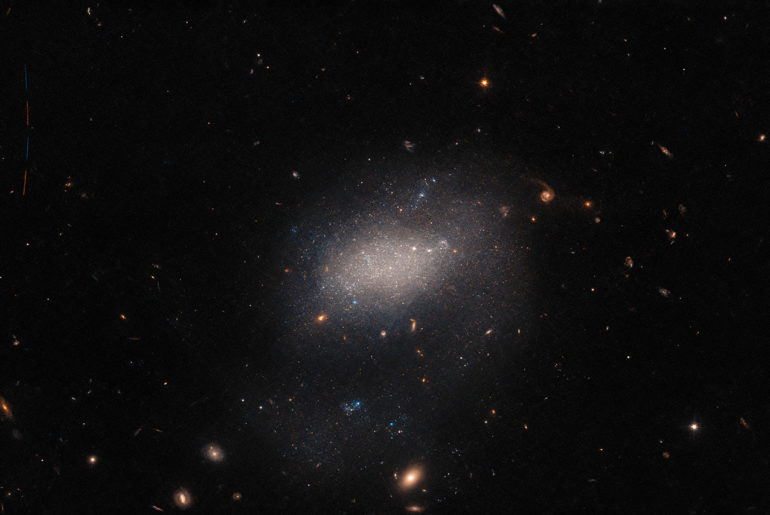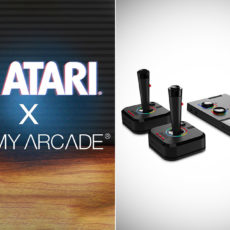
The Hubble Space Telescope has captured countless galaxies over the years, but this one of UGC 7983 has a cosmic intruder. This small irregular dwarf galaxy located 30 million light-years from Earth in the constellation Virgo, is being photobombed by a minor asteroid streaking across the upper left-hand side of the image.

You can see the trail of the asteroid as four small streaks of light separated by small gaps. These basically represent the four separate exposures that were combined to create this single image, as the small gaps between each observation is required to change the filters inside Hubble’s Advanced Camera for Surveys. As Hubble continues its attempt to observe every known galaxy close to the Milky Way, I’m sure we’ll see many more asteroids streaking across the darkness of interstellar space.
- ADVANCED TECH MEETS ICONIC DESIGN: The NexStar 8SE pairs Celestron’s legendary orange tube with a fully computerized GoTo system—ideal for those...
- 8-INCH SCHMIDT-CASSEGRAIN OPTICS: The large 8" aperture gathers enough light to reveal fine lunar details, cloud bands on Jupiter, and deep-sky...
- FULLY AUTOMATED GoTo MOUNT WITH NEXSTAR+ HAND CONTROL: Use the NexStar+ hand control to select from a 40,000+ object database. The computerized mount...
When this project was first proposed, roughly 75% of all the Milky Way’s near galactic neighbours had been imaged by Hubble. A group of astronomers proposed using the gaps between longer Hubble observations to capture images of the remaining 25%,” said the ESA Hubble team.






